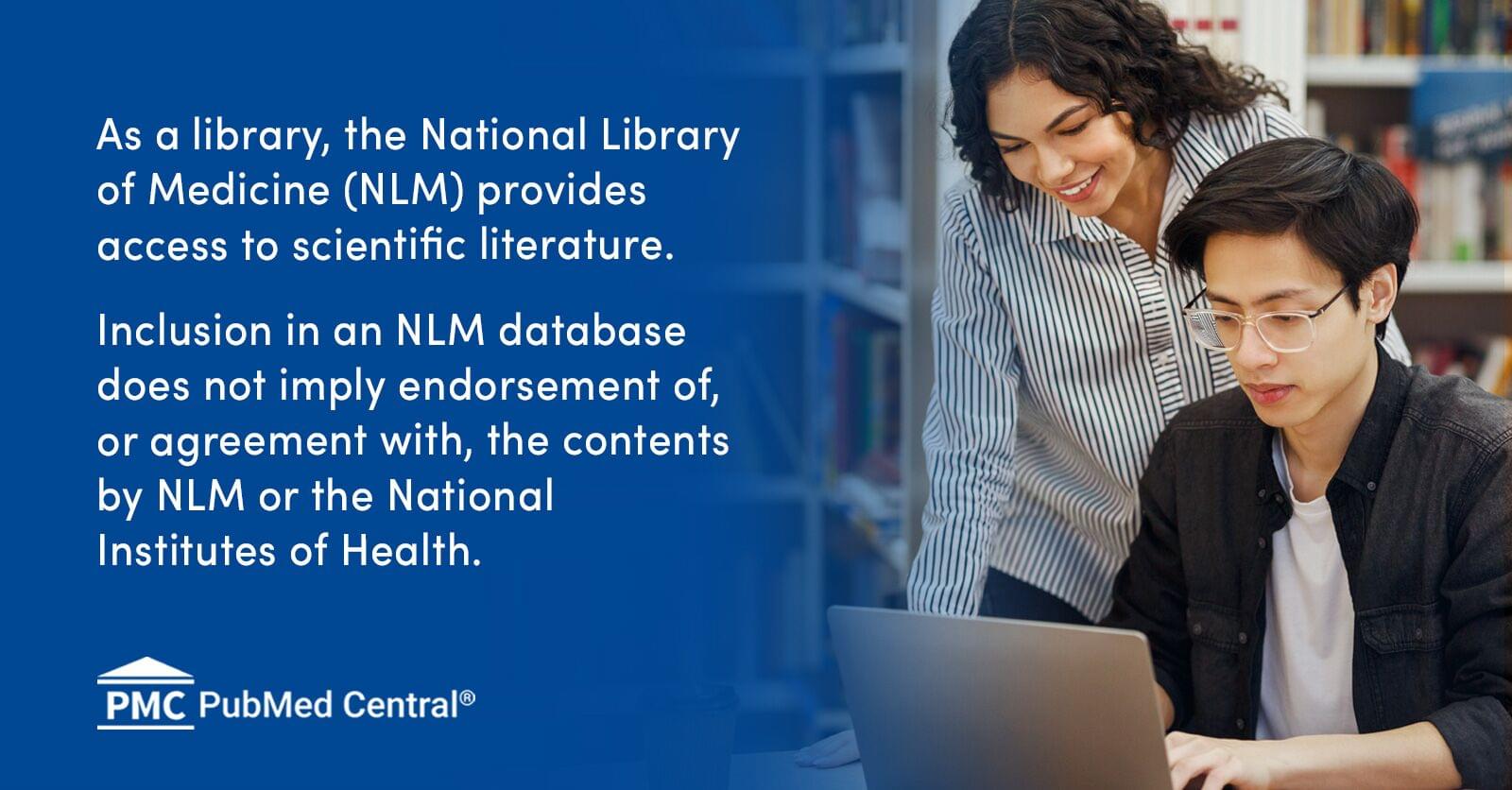Researchers mapped the brain connectivity of 960 individuals to uncover how fast and slow neural processes unite to support complex behavior.



We present the first comprehensive data set for the aluminium content of brain tissue in donors without a diagnosis of neurodegenerative disease. All donors fulfilled recently revised criteria for control brain tissues14. Approximately 80% of measured tissues have an aluminium content below 1.0 μg/g dry wt. (Table 1). There are some anomalies, 6 out of 191 tissues have an aluminium content ≥3.00 μg/g dry wt., and these are worth future investigation to identify possible neuropathology. There was no statistically significant relationship between brain aluminium content and age of donor and this observation is contrary to a previous investigation of brain aluminium in a neurologically normal population15. An explanation may be that herein only two out of twenty donors were below 66 years old. The data do support a conclusion that a high content of brain aluminium is not an inevitability of ageing.
When we compared the new control data set with data produced in an identical manner in donors dying with diagnoses of sporadic Alzheimer’s disease (sAD)16, familial Alzheimer’s disease (fAD)11, autism spectrum disorder (ASD)13 and multiple sclerosis (MS)12 all of these disease groups had significantly higher brain aluminium content. The differences were always highly significant regardless of the method of statistical analysis (Table 4). The largest disease group, designated as sAD, was actually composed of approximately equal numbers of donors previously described by a brain bank as controls and donors diagnosed with sAD. Unfortunately, information discriminating between control and sAD donors was not made available to us17. However, the observation that the aluminium content of brain tissue in this group as a whole was significantly higher than the similarly aged control group emphasised the likelihood that brain aluminium content is increased in sAD.


Children whose fathers took valproate within three months prior to conception were more likely to have neurodevelopmental disorders than children of men exposed to lamotrigine or levetiracetam.
Researchers behind a new study believe that it is the first to show an increased risk of neurodevelopmental disorders in offspring of fathers who took valproate rather than lamotrigine or levetiracetam prior to conceiving children.
Children whose fathers took valproate within the three months prior to their conception were more likely to have neurodevelopmental disorders, including autism spectrum disorders, than children of men exposed to lamotrigine or levetiracetam, according to a study published in JAMA Network Open in November.
The European research team—which analyzed medical records from Denmark, Norway, and Sweden—concluded that “health care practitioners should consider the potential risks associated with paternal valproate exposure and discuss alternative treatment options with male patients of reproductive age.” The team also said that “findings should be interpreted with caution due to the heterogeneity in the unadjusted estimates.”

Scientists studying Alzheimer’s in African Americans have uncovered a striking genetic clue that may cut across racial lines. In brain tissue from more than 200 donors, the gene ADAMTS2 was significantly more active in people with Alzheimer’s than in those without it. Even more surprising, this same gene topped the list in an independent study of White individuals. The discovery hints at a common biological pathway behind Alzheimer’s and opens the door to new treatment strategies.





Jung, Yu, Choi et al. reveal a critical neuroprotective role of PTMS, while loss of this protein causes severe neurodegeneration. Hypothalamic neural stem cell-derived extracellular vesicles carrying PTMS protect neurons by preventing DNA damage and offer therapeutic benefits against aging-related neurodegenerative and Alzheimer’s-like conditions in animal models.